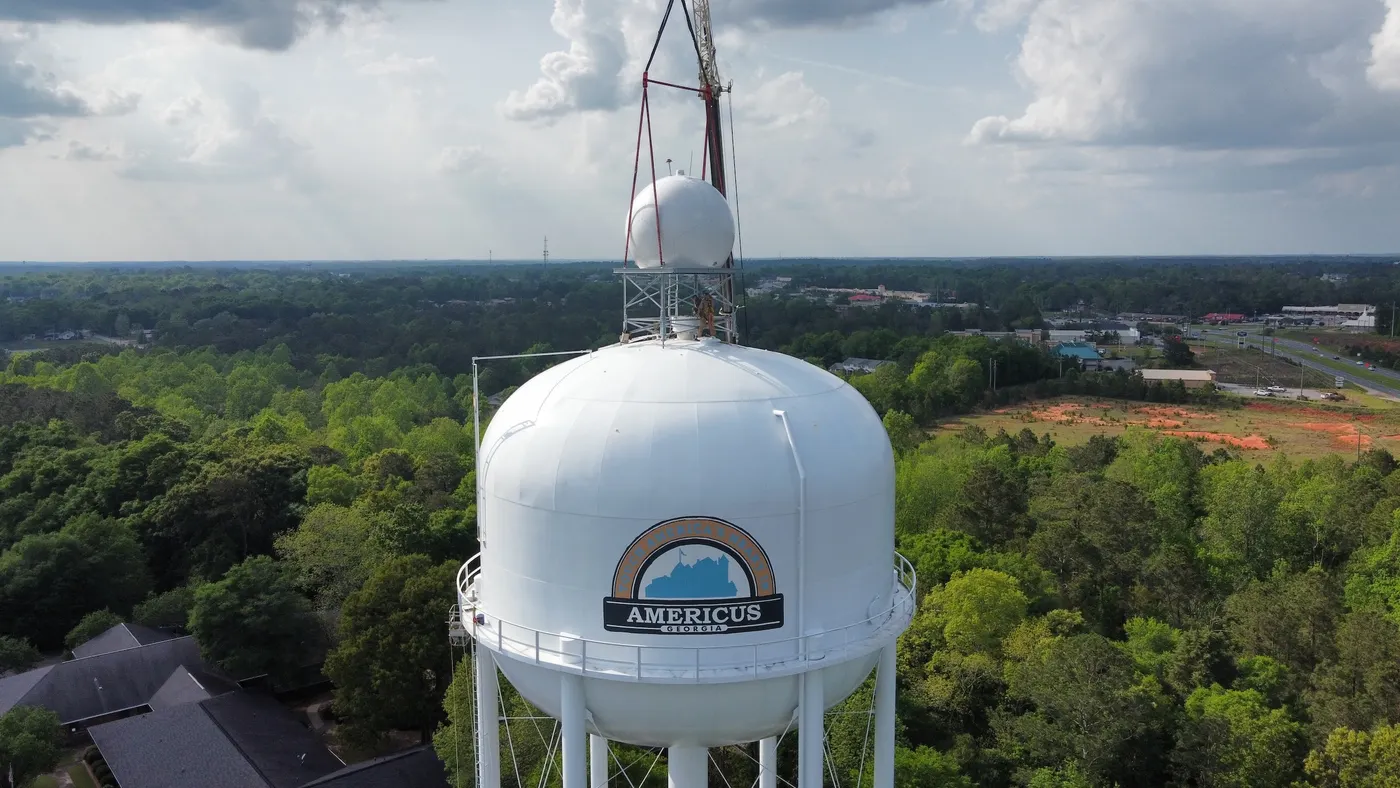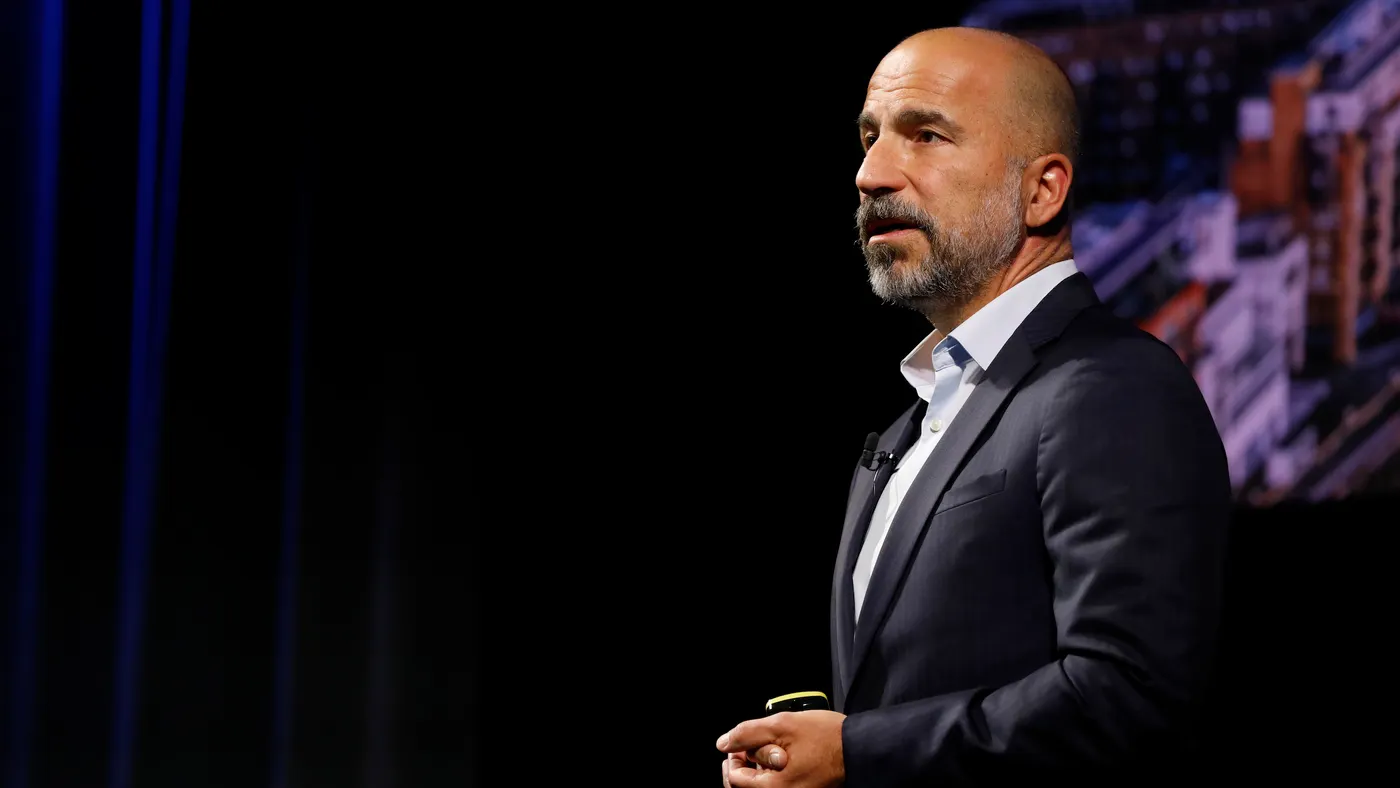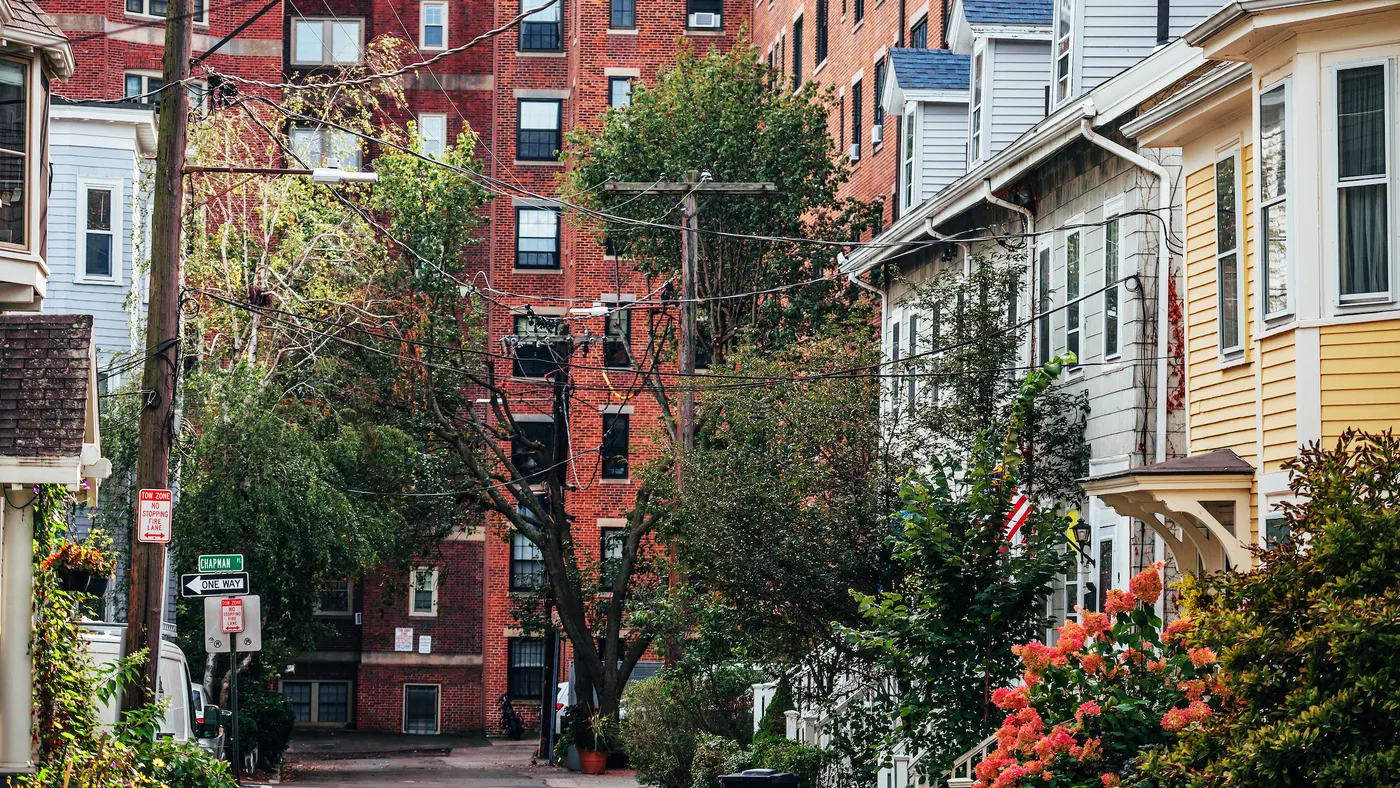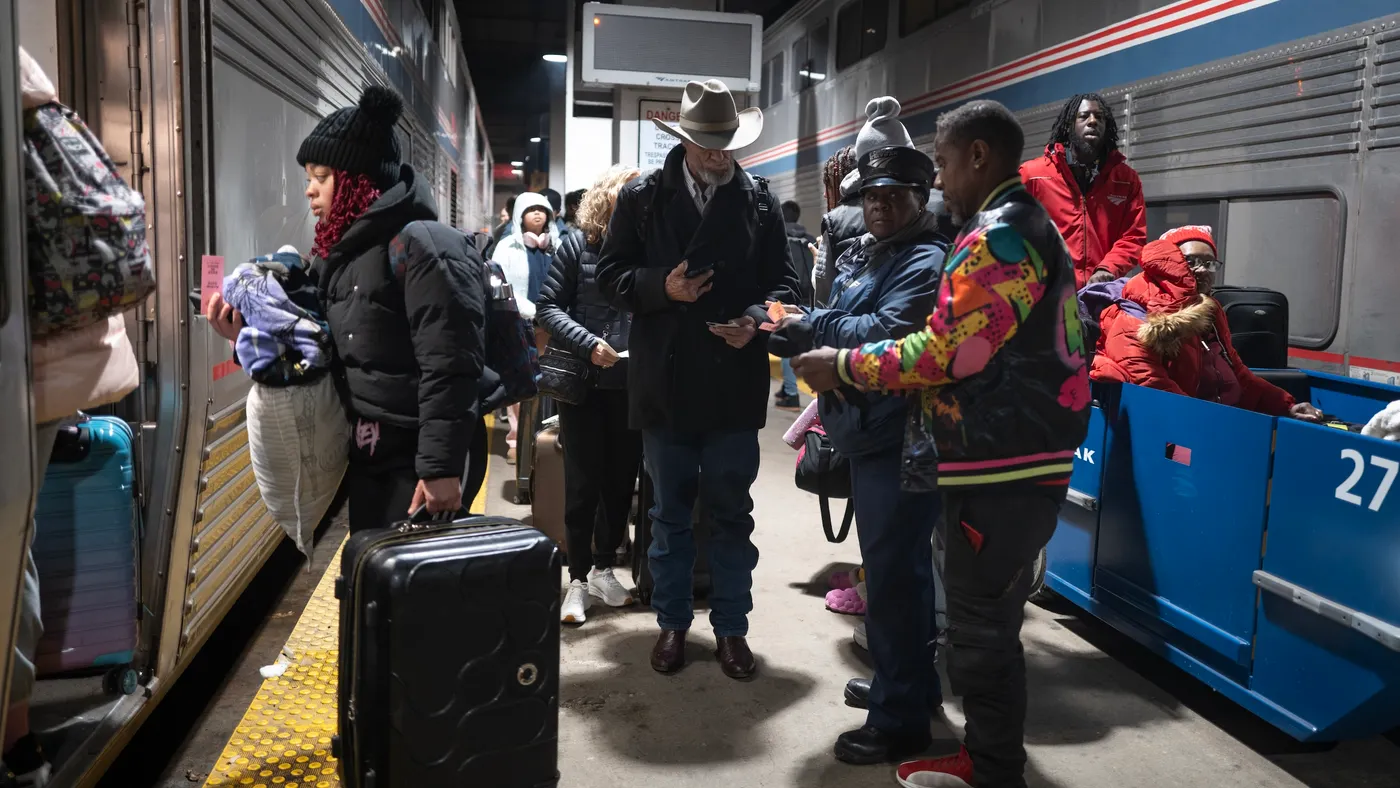
AI, drones, private radar fill gaps from National Weather Service cuts
As experts warn of potentially dire consequences from National Weather Service budget cuts and staffing shortages, local emergency managers are looking at how emerging tech and public-private partnerships could help ensure public safety during extreme weather events.
“Staffing shortages at NWS offices around the country mean that jurisdictions are at risk of not receiving tailored weather forecasts or timely weather alerts and warnings,” said Carrie Speranza, president of the U.S. Council of the International Association of Emergency Managers, in an email.
The remaining NWS staff members are working overtime as NWS regional offices shift staffing to account for the shortfall, she added, noting that “staff burnout and fatigue bring additional risks to any operation.”
Speranza advised city officials concerned about the impact of NWS cutbacks to consider integrating data from “a plethora of private-sector companies that provide weather forecasting services” into their dashboards, planning tools and emergency protocols.
Tara Goode, vice president of strategic partnerships and radar operations for radar network company Climavision, said public officials are opening up to public-private partnerships with companies like hers. “There are things the private sector can do more cost effectively and a lot faster,” she said.
Climavision is building a proprietary network of low-level radars to fill coverage gaps in the federal next generation weather radar, or NEXRAD, system, especially in areas where the earth’s curvature and radar angles limit visibility near the ground. It has partnered with counties, cities and universities to install radars in 29 cities so far, providing data for early wildfire smoke detection, snow squall warnings and tornado verification, Goode said. The company’s goal is to install 200 radars, which it says would fill every low-level gap in the U.S.
“We want to make sure that the warning authorities, such as the weather service offices, have all of the data that they need to make the right calls when time is of the essence — when lives are at risk,” Goode said. “We also want to make sure that the local public safety officials and the state agencies that have to prepare, respond and recover from these types of disasters have the same data and can make their own decisions. Our data can help them when time is of the essence.”
Alex Stauch, head of marketing for Meteomatics, said partnerships that weave private high-resolution weather data directly into local decision-making represent “a shift from a one-size-fits-all approach to something more flexible and resilient.” Meteomatics provides services including drones and AI-driven weather models to supplement government forecasts with hyperlocal, real-time data.
Meteomatics’ models integrate weather data from more than 110 sources, including aircraft, ground stations, drones, radars and satellites, allowing emergency officials to determine everything from when a storm will hit to how likely flooding will be, Stauch said. The data is recalculated hourly, he added.
“It’s not about replacing the public system, but backing it up and building around it,” Stauch said in an email. “The partnerships might look different from place to place, but the winning formula’s pretty consistent: real-time info, data you can actually act on, and tools that plug right into what local teams are already using. That’s what really counts when things get serious.”





